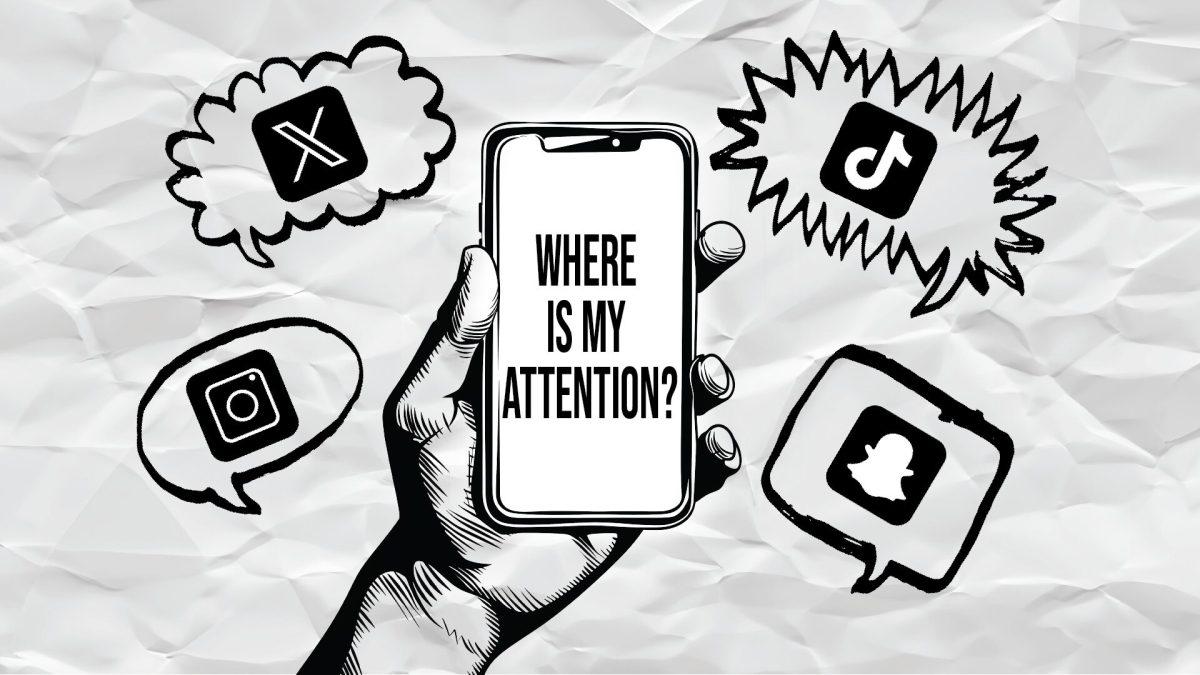In 1988, Michael Dukakis lost the white vote by 19 points and won 111 electoral votes. Last week, Barack Obama lost the white vote by 20 points and won 332 electoral votes. The Republican Party’s grasp on white America is reliable and tight. The problem? America is becoming more and more diverse.
Predictably, the Republican Party is becoming less and less relevant.
It’s lost the popular vote in four of the last five presidential elections. They haven’t won an election without a candidate named “Bush” or “Nixon” on the ticket since 1928. The GOP needs a makeover if it hopes to compete for the nation’s highest office. What is America’s grandest, oldest party to do?
The best first step would be to stop losing Hispanics by 44 points. In 2011, Republicans in Arizona, led by Gov. Jan Brewer, passed a law making possession of brown skin a valid reason for law enforcement to demand one’s citizenship papers. The politics of racial exclusion are great if you’re appealing to certain portions of Arizona’s population — Romney won the white vote in Arizona by 37 points.
But the national press took the story and broadcast it into the homes of tens of millions of Hispanics, at least some of whom presumably canceled their spring break trips to Phoenix. In 1960, Latinos make up 3.5 percent of the population. A politician could preach a discriminatory policy, assured it would turn out a certain kind of voter and confident there just weren’t enough Hispanics to move the needle in the other direction. Today, Hispanics make up 17 percent of the population. Republicans must adapt, lest they cede Colorado, Arizona, New Mexico and maybe someday the electoral juggernaut of Texas.
Republicans could take a concrete step into the future by embracing immigration reform. President Bush proposed a moderate, eminently sensible immigration reform bill in 2005 that was shot down by members of his own party. The Development, Relief and Education for Alien Minors Act — granting citizenship to illegal immigrants who have lived in the U.S. for five years and have graduated from high school — attracted bipartisan support in 2010. A Republican embrace of the DREAM Act would go a long way toward convincing Hispanic voters the Republican Party is serious about earning their votes.
A great second step would be to acknowledge that being bigoted toward same-sex relationships, allergic to social welfare and anti-anything that doesn’t adhere to the most generic conception of what is “American” has real costs. Obama held a 47-point edge with Asians and a staggering 87-point edge among African-Americans. He carried the LGBTQ community’s vote — a meaningful 5 percent of the electorate — 77 percent to 23 percent.
The politics of racial inclusion are deeply embedded in the Democratic Party’s identity, an identity that can be traced back to the Civil Rights Era. At the time, Democrats’ decision to accept all comers and work to end racial disparity and ensure equal protection under the law for all was an electoral gamble that rarely paid off. White voters, after all, composed 88 percent of the electorate in 1976. Today, that percentage is 72 percent and dropping.
Republicans have been to slow to accept the ground shifting under their feet. Pointing vigorously at Condoleezza Rice, Colin Powell and Marco Rubio whenever anyone calls into doubt their racial worldview isn’t going to cut it for a party composed largely of old, white, straight men. They must abandon their weird attempts at sympathy with Confederate nostalgics and stop actively trying to suppress an incensed minority vote. They must enshrine the benefits of diversity in their platform and instill an atmosphere of inclusion. America, along with one of its great political parties, has changed. It is past time the rest of us caught up.












